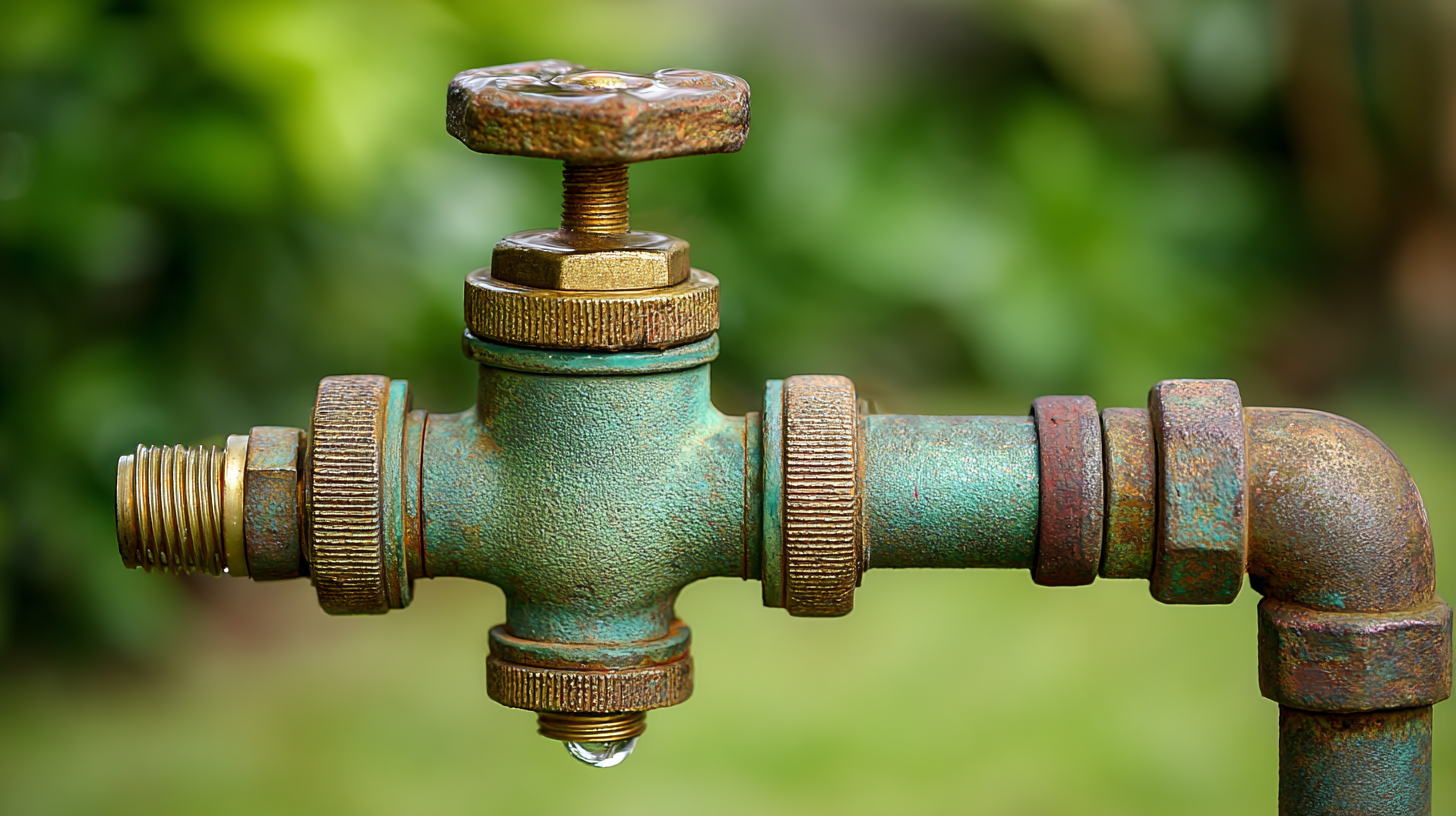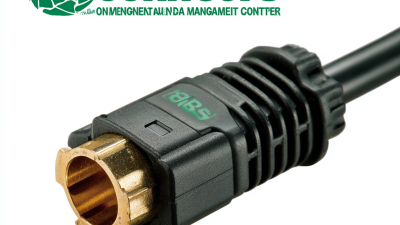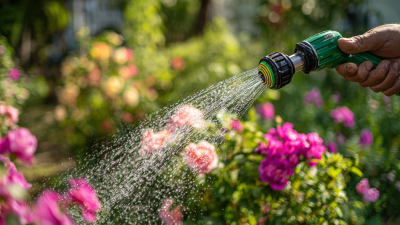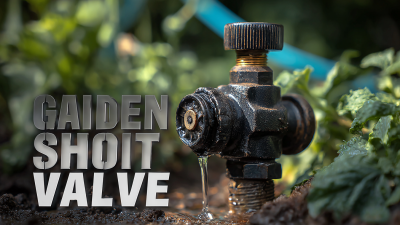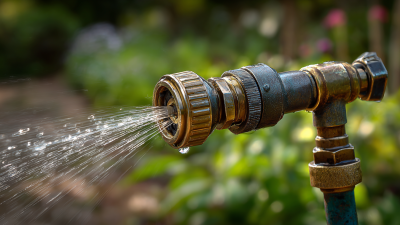Choosing the right garden hose valve is essential for efficient watering and maintenance of your garden. With a myriad of options available in the market, understanding the specific features and functionalities that cater to your watering needs can be overwhelming. A garden hose valve serves as a crucial link between your water source and the hose, ensuring proper flow and pressure control. Factors such as material, size, ease of use, and compatibility with your existing equipment play a significant role in determining the best valve for your garden. In this guide, we will explore various types of garden hose valves, their applications, and key considerations to help you make an informed decision that will enhance your gardening experience and keep your plants thriving. Whether you’re a seasoned gardener or a beginner, selecting the right garden hose valve can make all the difference in achieving an optimum watering routine.
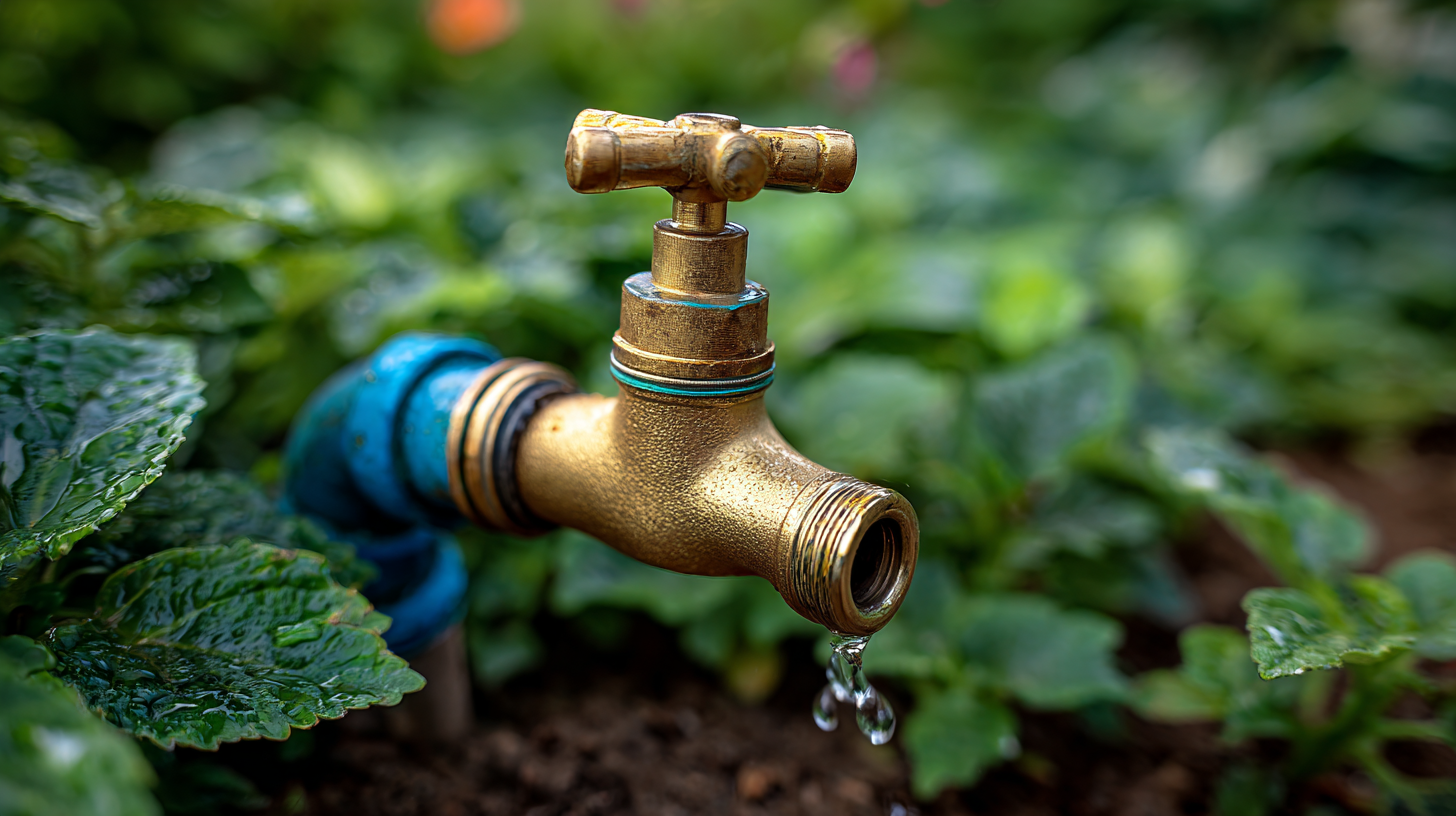
When selecting the right garden hose valve, assessing your water pressure needs is crucial. A garden hose valve can significantly affect the efficiency of your watering system. If your water pressure is low, a valve that offers adjustable flow rates can help you manage water delivery more effectively. Conversely, if you have high water pressure, choosing a valve that can handle this flow without excessive splashing or wastage is essential.
Additionally, compatibility with your existing garden hose and fittings should not be overlooked. Ensure that the valve you choose can seamlessly integrate with your current setup. Invest in a quality valve that provides a leak-proof seal to prevent any unnecessary water loss. By carefully evaluating your specific watering requirements and the conditions in which your garden hose operates, you can select a garden hose valve that optimally supports your gardening endeavors while conserving water resources.
This chart illustrates the recommended valve sizes based on the different levels of water pressure needs, helping you make an informed choice for your gardening tasks.
When selecting a garden hose valve, understanding the different types available—namely ball valves, gate valves, and pressure regulating valves—can significantly influence your watering efficiency. Ball valves are known for their durability and ease of operation. They feature a spherical disc that allows for quick on/off control of water flow, making them ideal for tasks requiring frequent valve adjustments. Their straightforward design ensures minimal pressure loss, making them a favorite among gardeners seeking reliability.
Gate valves, on the other hand, are designed for a gradual flow control. They operate with a sliding gate mechanism that can either completely open or close the water flow. While they may not provide the same rapid shut-off as ball valves, they are excellent for regulating flow in larger irrigation systems where precision is key. However, they can be more susceptible to wear over time, particularly if used for frequent adjustments.
Finally, pressure regulating valves are essential for maintaining consistent water pressure in your garden hose system. They automatically adjust incoming water pressure to a set level, preventing damage to plants and hoses due to excessive force. This feature is particularly valuable in areas with fluctuating water pressure or for gardeners using drip irrigation systems. Choosing the right valve type depends on individual watering needs and the specific garden setup, ensuring healthy plants and efficient water usage.
When selecting a garden hose valve, evaluating hose diameter compatibility is crucial for ensuring optimal water flow. The diameter of the hose directly impacts the volume of water that can pass through it. Common hose sizes include ½ inch, 5/8 inch, and ¾ inch; understanding the flow rate associated with each is essential. A larger diameter hose can deliver more water at a given time, which is particularly beneficial for watering large areas or using high-demand attachments, like sprinklers.
In addition to flow rate, it's important to consider the valve's design in relation to the hose diameter. A valve that matches the hose diameter ensures a snug fit, preventing leaks and maintaining full water pressure. When choosing a valve, look for options that are designed for specific diameters and that are made from durable materials to withstand wear and tear. By thoughtfully assessing the compatibility between your hose's diameter and the valve, you can enhance your watering efficiency and achieve better results in your garden.
| Hose Diameter (inches) | Flow Rate (GPM) | Recommended Valve Size (inches) | Best Uses |
|---|---|---|---|
| 1/2 | 4-5 | 1/2 | Hand watering, small planters |
| 5/8 | 6-8 | 3/4 | General garden use, medium plants |
| 3/4 | 9-12 | 3/4 | Larger gardens, sprinkler systems |
| 1 | 12-15 | 1 | Heavy-duty watering, farms |
When selecting the right garden hose valve, considering the material is essential as it can significantly influence durability and performance. Brass valves are often favored for their robustness and ability to withstand high pressure and temperature fluctuations. They resist corrosion, making them an excellent choice for long-term outdoor use. Additionally, brass valves provide a secure connection, ensuring minimal leakage over time. However, they do come with a higher price tag, which might not be suitable for every budget.
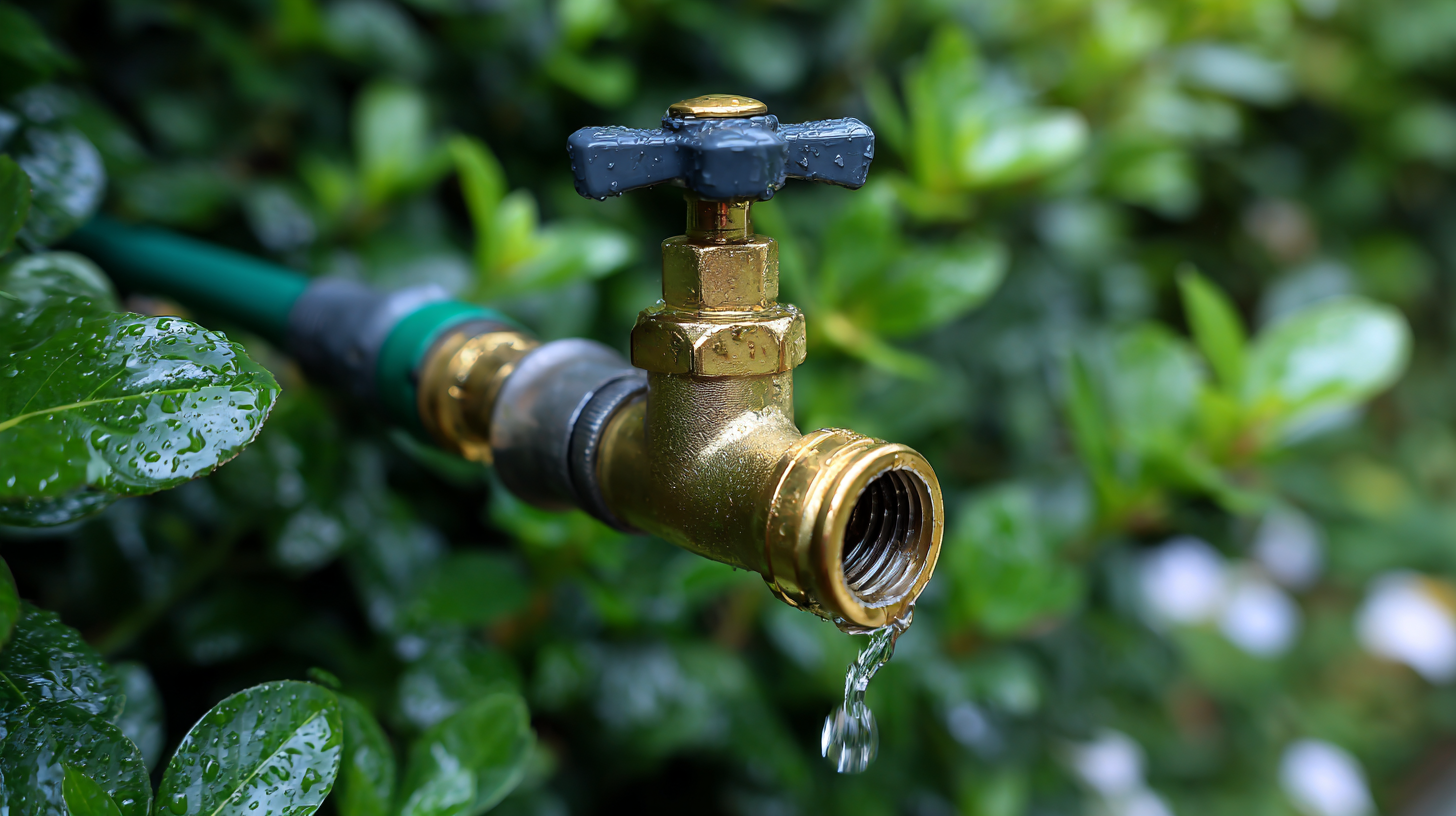
On the other hand, plastic valves are lightweight and typically more affordable. They are resistant to rust and are suitable for lightweight gardening tasks. However, they might not endure harsh weather conditions as well as brass or stainless steel. Stainless steel valves strike a balance between the two, offering both durability and resistance to corrosion while being somewhat lighter than brass. They are ideal for those seeking a long-lasting solution without the heft of brass. Ultimately, the choice of material will depend on the specific watering needs and conditions in which the hose will be used.
When selecting a garden hose valve, understanding the flow rate is crucial for meeting your watering needs effectively. The flow rate, typically measured in gallons per minute (GPM), determines how much water can pass through your hose and reach your plants. For instance, a standard garden hose can deliver around 9 GPM, but this can vary based on the hose diameter and length. If you have a larger garden, calculating the flow rate becomes essential to ensure that each plant gets adequate water.
To calculate the proper flow rate for your garden, first, measure the area to be watered and determine the type of plants you have. Different plants require varying amounts of water; for example, vegetables might need more frequent watering compared to flowers. A useful tip is to consider installing a rain garden, which not only enhances water quality by filtering rainfall but also allows surrounding soil to absorb more water, reducing reliance on hose irrigation.
Tip: Always check for leaks in your hose valve and connections since leaks can significantly reduce your flow rate and waste water. Additionally, using a hose splitter can help manage multiple watering zones, ensuring all areas of your garden receive the necessary attention without overwhelming your system.
